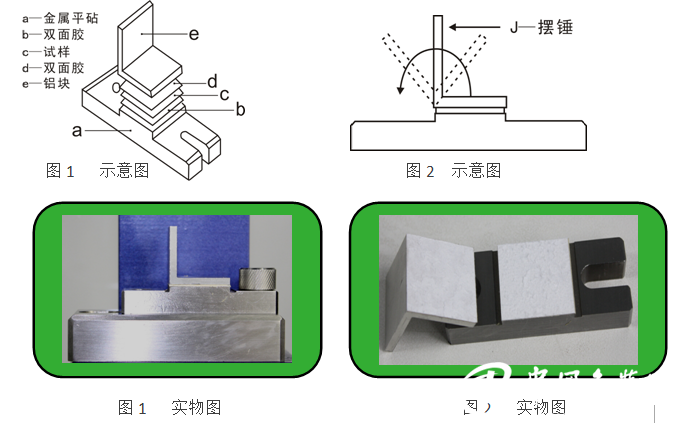[Chinese Packaging Network News] paper is stacked on top of one another, with the middle of the addition of rubber, then the strength of the bond between the layers is the internal bonding strength. Internal bond strengths are primarily used for single- and multi-layer paper and board, including coated paper and paper and paperboard coated with synthetic polymers, but not for low-volume, porous, soft, or low-density paper and board. Single-layer paper such as paper base paper, multi-layer paper such as cardboard, white paperboard, gray paperboard, white cardboard and cardboard. For the paper tube base paper, the internal bond strength is a key indicator in the quality index. If the bond strength at a certain point or a certain segment is low, when the tube is coiled, there will be phenomena such as delamination and bursting of the paper tube. With the use of the pipe industry, the unsatisfactory handling will cause great economic losses. The effective control of internal bond strength, which is also very important for processing multilayer paper and cardboard, can result in paper and cardboard appearing in an offset press using viscous ink if the internal bonding values ​​are low or unevenly distributed. Problems; If the bond strength value is too high, it will bring difficulties to the processing and increase the company's cost. 

There are two types of internal bond strength testers: one is Scott type; the other is Z-direction tensile type.
The first kind: Scott type
Domestic and international standards: GB/T, TAPPI T569-2000, TAPPI T833 pm-94 and TAPPI UM-403
It is expressed by the energy (J/m2) absorbed during the destruction of a certain area of ​​the paper layer. Test principle: The double-sided adhesive-sample-double-sided adhesive combination forms a sandwich structure, which is pressed between a metal flat anvil and an aluminum block. The structure is shown in FIG. 1 . A pendulum hammer strikes the inner surface of the upper part of the aluminum block, turning the aluminum block over and destroying the sample in the Z direction (see Figure 2). The energy absorbed during the destruction of the sample is calculated by measuring the highest position of the oscillation.

The second type: Z direction tensile type
Domestic and foreign standards: GB/T, ISO and TAPPI T541-2010
It is expressed in terms of the maximum force (kPa) required to separate between layers of paper.
Test principle: The double-sided adhesive-sample-double-sided adhesive combination forms a sandwich structure. The sandwich structure is placed between two vertical and flat stainless steel circular indenters with 900N±. The force of 13.5 N was first compacted and held for (6 ± 1) seconds, then the sample was separated at a rate of (66 ± 5) mm/min. The maximum force during the separation of the sample was recorded.

Two types of comparison:
The first method uses the instantaneous line tearing, with the tape surface, which can simulate the tearing state more practically and is widely used. Its disadvantage is that it is easily affected by mechanical and electrical factors. It requires high machining, and the encoder for recording angle must be especially active.
The second method adopts instant tearing, compressing and vertically separating the sample by vertical force, and is basically free from mechanical factors. The measured data of each time are very close, which ensures high repeatability. The disadvantage is that the requirement for the tape is relatively high, and the internal bond strength of the aa sample must be greater than the internal bond strength of the tape and the indenter.
Conclusion: The SCOTT type internal bond strength tester is generally used in China, such as PN-IBT in Hangzhou. Which specific instrument to use should also refer to the product standard and see which method the product standard requires to be tested.